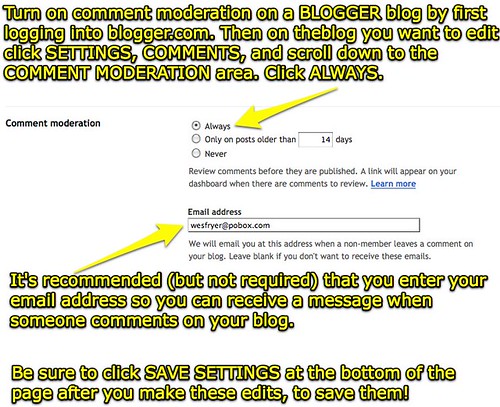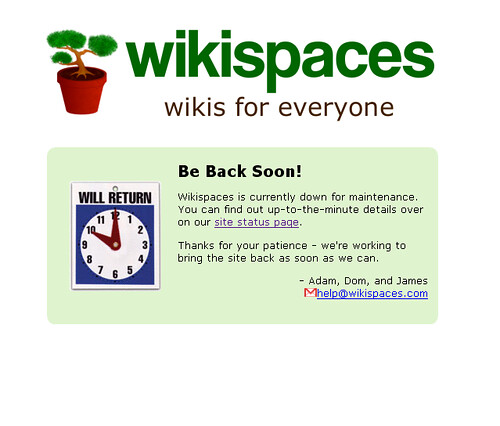Question:
I have spent the last 3 hours trying to figure out how to join the t4t group from my diigo account. How do I do this? When I click on my groups it just tells me I have no groups that I have joined.
Answer:
If you are spending more than two hours per week on your T4T class homework, you need to call me and get my direct help. You should not be spending this much time. If you get stuck and cannot get help from someone else, call me so I can assist. (I know you did call yesterday, and that was the right thing to do, but I certainly would have been glad to help you avoid spending 3 hours trying to join a Diigo group.)
Based on what I understand happened, you correctly chose to join our T4T Diigo group. I have our group set for "moderated membership," however, which means until I approve people who request to join those account holders are not yet part of our group. Yesterday after our phone call I approved three more members in our Diigo group, including your account. So, essentially you were waiting 3 hours for me to approve your account request, but because I was not online and looking at that page in Diigo I did not see your request.
If you setup your own Diigo group at some point and opt to moderate membership (which is a very good idea for any type of K-12 group you work with) you can opt to receive email notifications immediately or daily which include group requests.
This situation highlights something very important when it comes to learning new technology skills, and that is the time to STOP trying to do something and GET OUTSIDE HELP. I've struggled with this myself at times, particularly when it came to figuring out how to remove viruses/malware from Windows computers I worked with in the past. I can have a tenacious personality when it comes to some things, and I don't want to stop trying to figure it out. It can be a BIG time waster, however, to keep plugging away at something when you're not making any headway and the possibility exists of getting outside help.
I really appreciate your honesty and transparency in sharing this situation with me, and I again repeat I wish I could have assisted you with this sooner. We'll take about this in class in week 6, because I suspect this is a situation others have encountered as well. It is inevitable that some situations will arise which we can't figure out on our own, and those times demonstrate the value of having a bigger learning community to which you can turn for support and assistance.
One of the changes I've made to our T4T course curriculum
starting in week 6, based on the input and survey results from our class, is to provide graphical time estimates of each assignment each week. I'm also reducing the number of assignments, to hopefully simply things a bit and possibly help people feel less overwhelmed.







